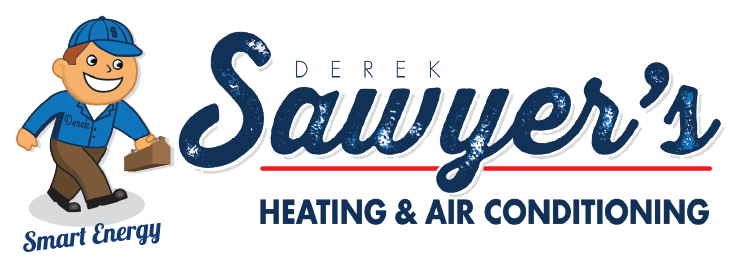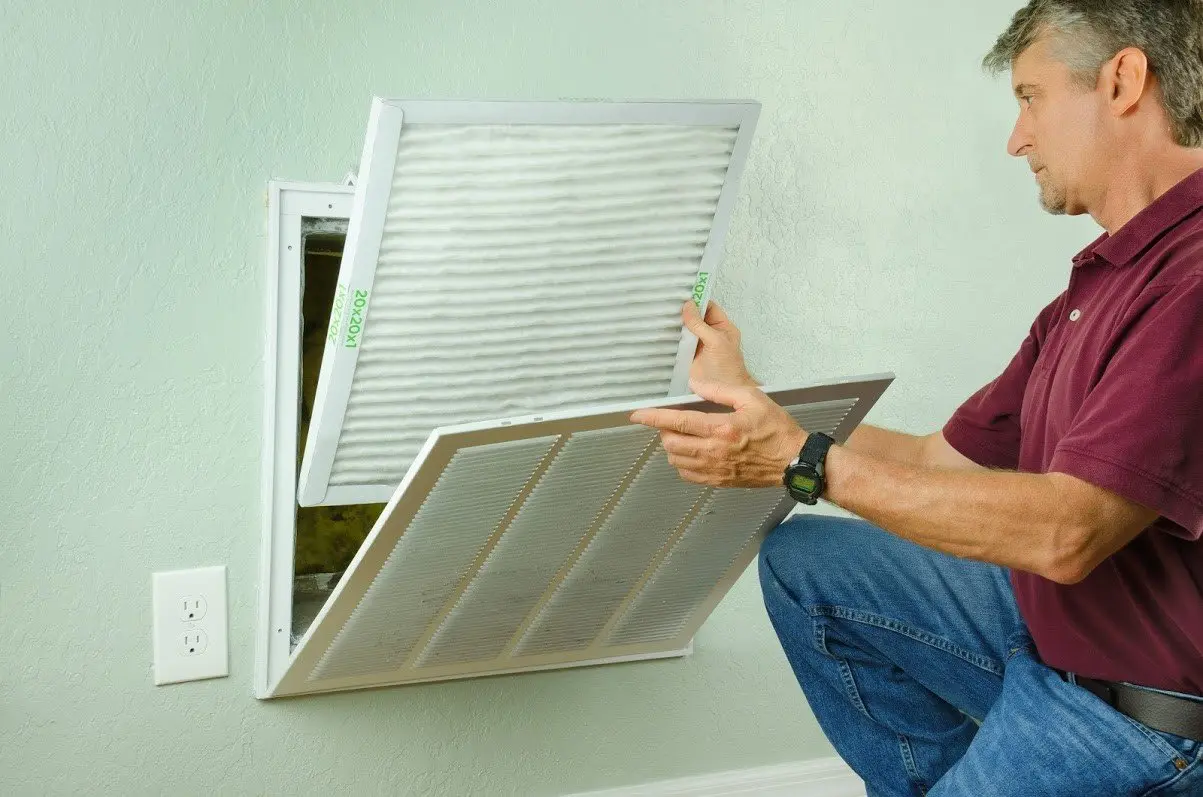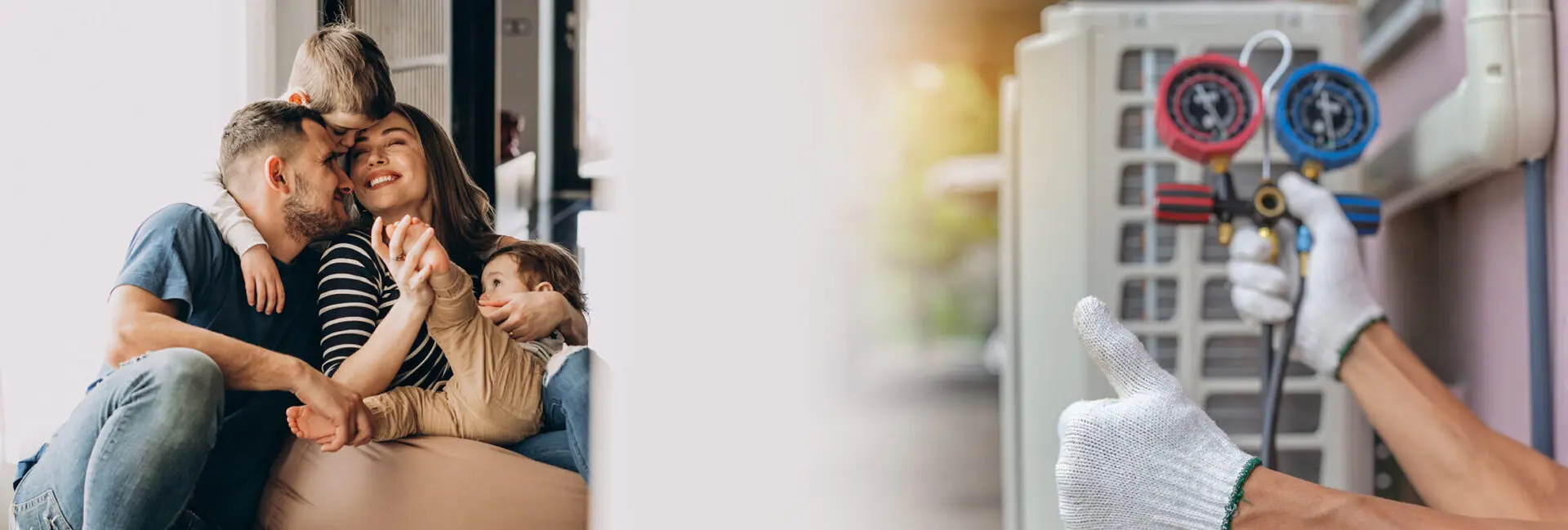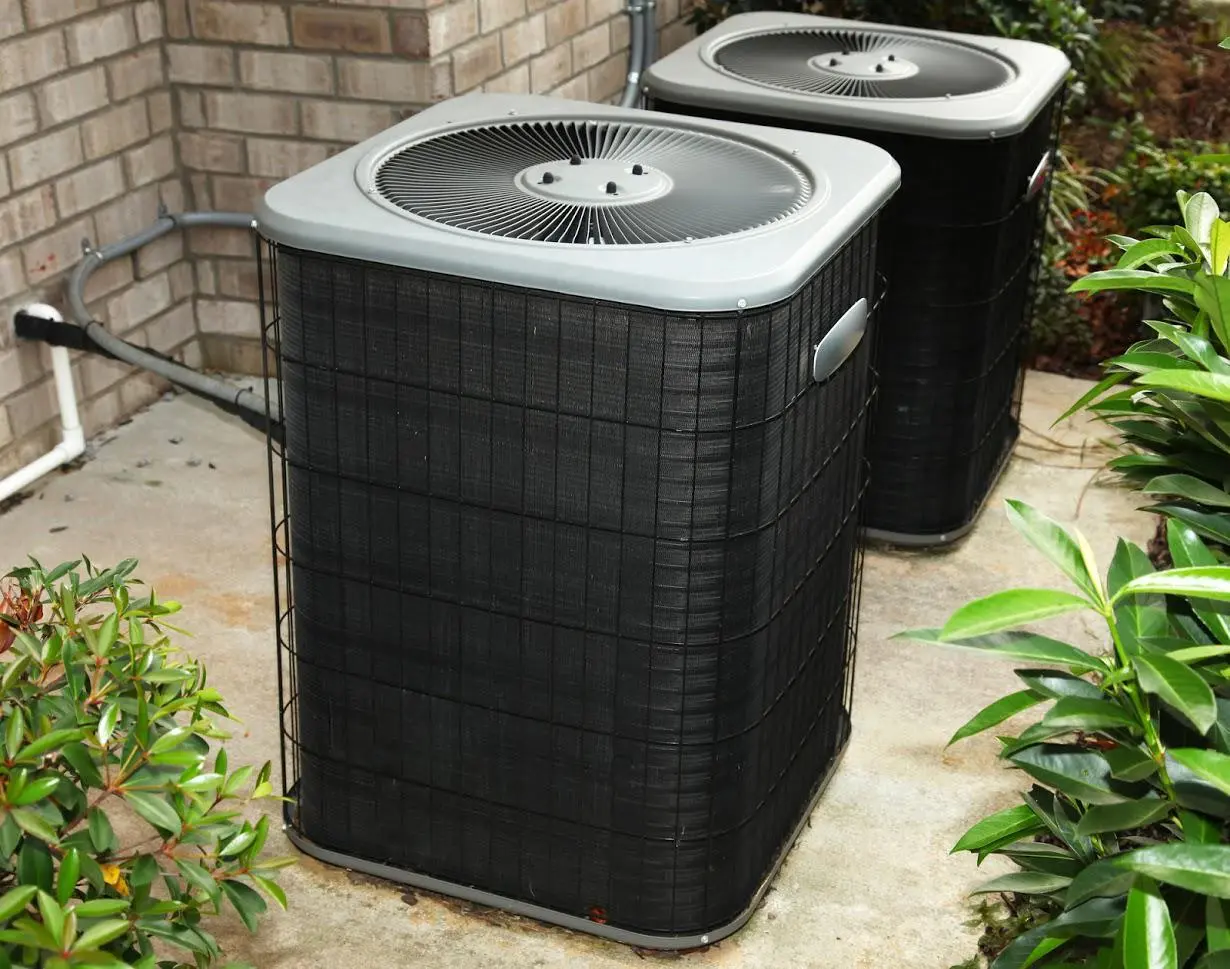As each year passes, you may find it more accessible and easier to take your home heating for granted. Unfortunately, many homeowners do not worry about their furnaces until a significant problem has occurred. One way to prevent furnace issues is with an annual cleaning.
HVAC technicians can provide a detailed cleaning of your furnace once a year. Each cleaning has many benefits and will ultimately save money in the long run. Learn about the benefits and why you should make an annual furnace cleaning part of your home maintenance routine.
1. Better Efficiency
One of the most significant benefits of annual cleaning is better furnace efficiency. When the furnace boiler and ducts are cleaned, the furnace will run at better rates and not need to run as long to provide heat for a home.
A furnace with better efficiency can save you money in the long run. You do not have to pay extra oil and can heat your home for much less each year. Of course, the efficiency of every furnace is different. Still, in some cases, the savings from the stove could completely offset the cleaning costs. A unique calculator can help figure out differences as well.
After your first cleaning, you can compare the money spent on oil for the year and the amounts to previous years to see the difference. When oil prices fluctuate, an even better comparison would be to see the number of gallons you burn through each year.
2. Cleaner Burns
When an HVAC tech cleans out your furnace, they will eliminate the dust, debris, and build-up inside the burners. The result will save money with better efficiency, and your furnace will burn cleaner. The cleaner burns will improve the air quality in your home and help the environment.
An HVAC technician will inspect the furnace for air leaks or carbon monoxide issues. Special tools can examine the areas and ensure all the furnace elements are locked down and in place so air leaks do not occur.
3. Quiet Operations
One of the loudest equipment in your home is typically the furnace. You will often hear the rumble and loud sounds of the furnace starting up. However, if you feel your furnace has become more audible over the years, you do not just hear things. As a stove runs, screws become loose, panels dislodge, and vibrations increase.
Without proper maintenance, a furnace will vibrate more and become much louder than you intended. During a cleaning, a technician will help secure all furnace elements and replace screws. The duct and pipe brackets are also attached to the furnace to reduce noise.
Reducing noise will not only help your ears, but it can also help prevent significant problems when a furnace vibrates or shakes too much.
4. Duct Obstructions
While we want heating ducts to provide clean elements, obstructions may sometimes cause problems and impact how heat flows through a home. A furnace cleaning can eliminate any major duct obstructions. Dirt is one of the more common elements filling up ducts, but your home may also have rodents stuck in the vents.
Cleaning out the ducts will improve a furnace’s air quality and efficiency. If you’ve noticed that some home rooms do not heat up like others, then duct obstruction could be one of the leading causes.
5. Oil Filter Replacements
One task done during every cleaning is a complete oil filter replacement. Modern oil tanks are often filled with sludge and grime. If your tank gets low on oil, the sludge can seep into the lines and clog the filter. Once a filter is changed, oil can reach the furnace more efficiently, providing a hotter and more powerful burn.
If excess sludge does appear, an HVAC tech may try to remove extra sludge in the oil tank if the build-up has grown too big. The filter often acts as the first sign and helps prevent any problems.
6. Diagnosing Small Problems
A visual and physical inspection of your furnace is one key way to eliminate any signs of minor problems most people will miss. For example, an HVAC tech may notice a fan is jammed or an element of the furnace leaks. When these little problems are handled, you can prevent more significant ones.
Prevention is critical; proper maintenance and care can keep a furnace lasting for many years.
Contact Derek Sawyers Heating & Air Conditioning for more information on furnace cleaning. We will help you schedule a cleaning and future appointments to ensure you do not forget your furnace’s annual care. Shortly after a cleaning, you will notice significant differences, which will help keep your furnace running for years to come.
We offer HVAC maintenance services in the following areas:
- • Atwater heating
- • Ceres heating
- • Chico heating
- • Discovery Bay heating
- • Elk Grove heating
- • Escalon heating
- • Galt heating
- • Gustine heating
- • Lathrop heating
- • Lodi heating
- • Los Banos heating
- • Manteca heating
- • Modesto heating
- • Newman heating
- • Oakdale heating
- • Patterson heating
- • Ripon heating
- • Riverbank heating
- • Sacramento heating
- • Salida heating
- • Stockton heating
- • Tracy heating
- • Tuclock heating
Please leave us a review or learn more about our Modesto AC repair services today!
Looking for 5-star Riverside air conditioning and plumbing services? Look no further than our friends at MB Plumbing, Heating, and Air Conditioning! They’re always standing by to lend you a helping hand!










